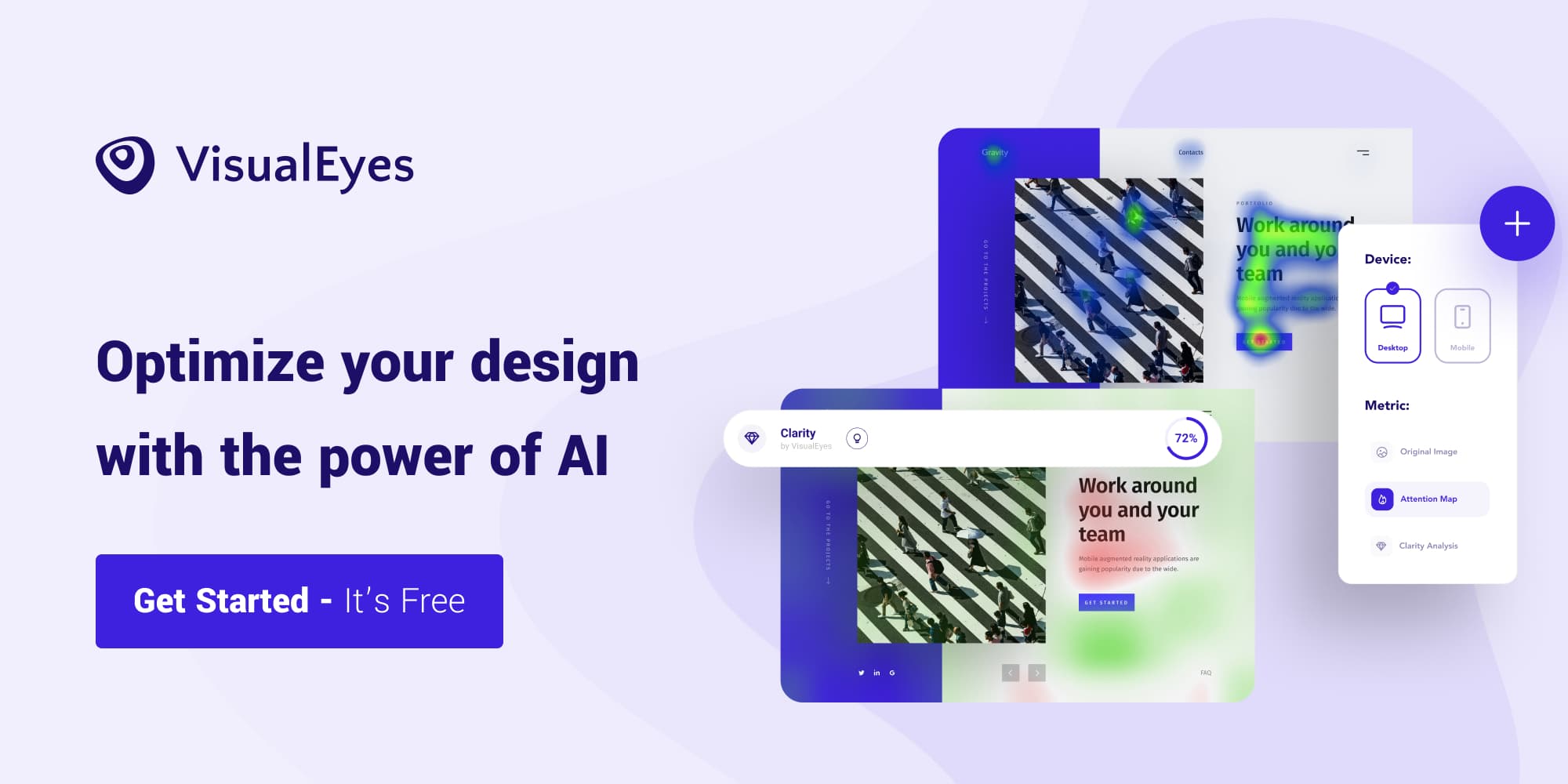Using Loceye’s Platform to predict packaging failure
The story
Tropicana is a very well established brand that sells fruit juice worldwide. On January 9th 2009, the PepsiCo-owned brand decided to replace the existing packaging design for its best-selling orange juice with new packaging for the North American market.
However, they did not successfully predict the outcome of the sexy new design they rolled out. It was a total failure! Such a big failure that Tropicana had to drop it and go back to the original version of the packaging.

The original (Left) and new (Right) package they rolled out.
In terms of business, sales dropped around 20% (estimated about 30 million dollars), 35 million dollars were invested in marketing and branding, and competitors earned popularity. A colossal disaster with more than 65 million dollars in direct losses and much more indirect damages on account of some consumers switching to alternatives.
Predicting the package update failure using Loceye’s platform
Predicting the success of a product is somewhat tricky. We have to understand and model consumer behaviour, price sensitivity, branding, loyalty and many more factors that affect the purchase decision of a consumer.
Predicting the failure of a package, although, is feasible with Eye Tracking. We did it for Tropicana a posteriori. But before proceeding to the Eye Tracking study, we should understand the meaning of it, and why it acted as an accurate failure predictor.
The common problems that lead most traditional marketers to failure with Surveys are:
- We don’t always know what to ask the consumers
- Consumers tend to be biased when answering our questions
- We cannot understand the Non-conscious behaviour of the consumer with surveys
In other words, surveying consumers is an Attitudinal method. But Purchasing Decisions are mainly subconsciousand Behavioral testing methods could help us get a more accurate prediction of the future.
The Attitudinal vs. Behavioral Dimension. This distinction can be summed up by contrasting “what people say” versus “what people do” (very often the two are quite different). (by Nielsen Norman Group)
Surveying consumers is an Attitudinal method. But our Purchasing Decisions are mainly subconscious and Behavioral testing methods could help us get a more accurate prediction of the future.
With Eye Tracking though, we can understand how our consumers act with our package design, what exactly they see and how they perceive that information.

Overview of Survey and Eye Tracking methods in Packaging
Conducting the Failure Prediction study
To conduct an Eye Tracking study remotely, we need design materials and a hypothesis to validate.
Our material consists of the following pictures:
- Two packages, the old and the new, one next to each other
- Each package next to the logo

Two packages, the old and the new, one next to each other
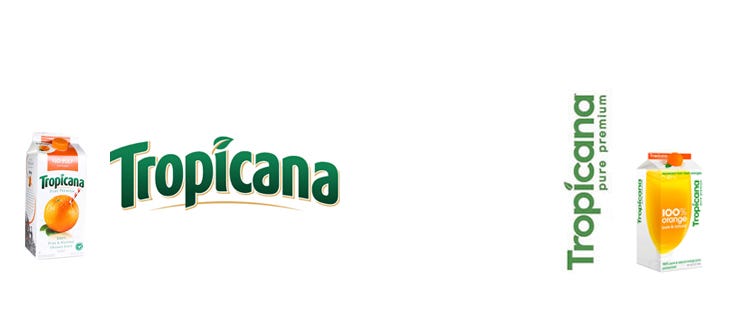
Each package next to the logo
Our hypothesis, written by a fictional Tropicana researcher:
Consumers are heavily connected to our brand (Tropicana).
Since we re-designed the packaging and the logo itself, the new package design should emphasize the new logo and lead consumer’s attention to it.
Moreover, we require logo attention to be high, because scanning in the shelves (POS) is a complicated procedure and we cannot guarantee that we will always have a strong position. Last, but not least, we want our loyal consumers to find us in a fraction of time and correlate the old logo with the new one.
The results
We conducted this experiment through our platform, Loceye.io. We recruited 200 people from Native America and showed them the 3 aforementioned pictures, with a simple instruction, just to look at them.
The results that came back predicted the failure with ease. Let’s take a look.
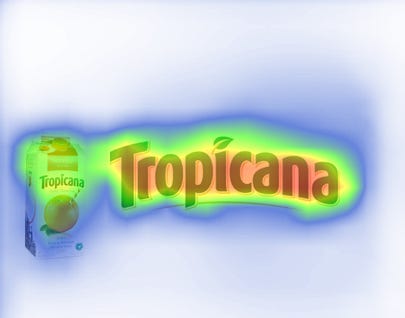
The original logo was grabbing the attention of the participants.
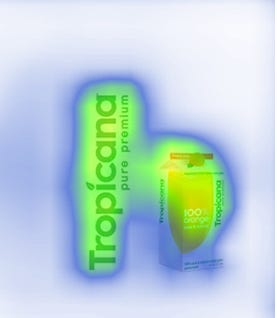
The new logo failed to attract the participants’ attention.
Above is the comparison of each package with the logo lying next to it.
We can clearly see that the original package logo had higher attention from the participants. A fair guess would also be that having a vertical logo is not preferable and probably dull to scan by a human being.
Next is the head to head comparison between the packages.

The winner is now clear.
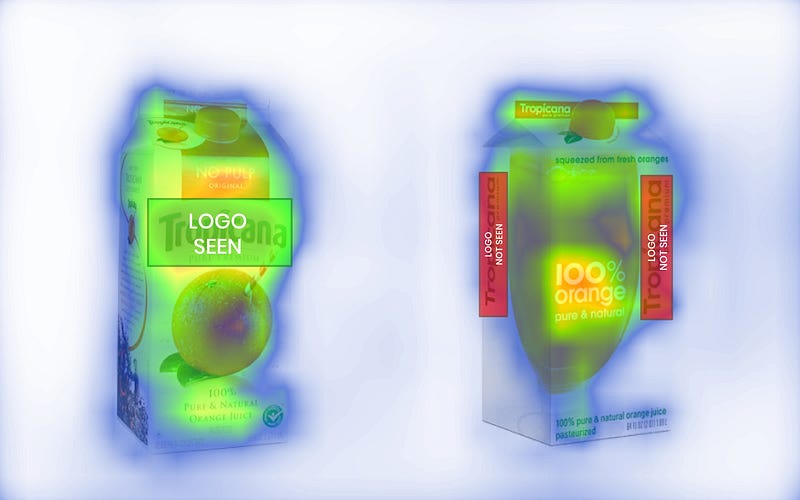
Although the new package had 2 Areas of Interest visible with the logo, both of them failed to grasp the consumer’s attention.
Now, it is more than evident that the original design was capable of grabbing the attention to the logo and not the product itself. On the other hand, the new package shifted the attention from its logo to the “100% Orange” tag line.
A bunch of other competitors also offer100% orange juice, brand here was the main differentiator, which the new package failed to engage.
Conclusion
Now you know how we can predict the failure of new package design with Eye Tracking in just a few days of research. If you are currently designing a package and want to validate it feel free to contact us and we will be glad to help you succeed on the self!

I am curious if you know other Packaging Case studies that we could have a look, and understand how consumers interacted with them via Eye Tracking. If you do, you can find me on social or write a comment below!
